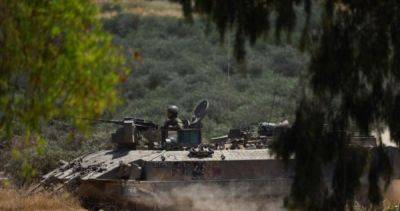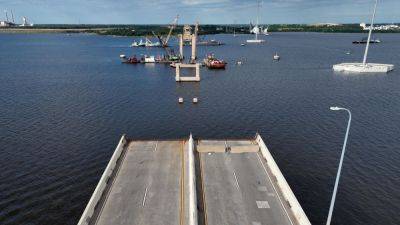SpaceX’s Starship rocket completes test flight for the first time, successfully splashes down
SpaceX completed a test flight of its Starship rocket for the first time on Thursday, as the company pushed development of the mammoth vehicle past new milestones.
"Our first ever ship landing burn after a launch into space ... that was incredible," SpaceX communications manager Dan Huot said on the company's broadcast.
Elon Musk's company launched Starship at about 8:50 a.m. ET from its Starbase facility near Boca Chica, Texas.
A few minutes after launch, the rocket's booster successfully splashed down in the Gulf of Mexico, a new milestone for its development. This was the first time SpaceX returned the booster in one piece — a controlled return of the booster is key to the company's long-term goal of being able to launch and land Starship regularly, a practice it's made routine with its Falcon 9 rockets.
About an hour after the launch, Starship visibly survived reentry through the Earth's atmosphere, and the company confirmed that the rocket splashed down in the Indian Ocean to complete the mission. Starship appeared to withstand external damage during the intense heat of reentry, with debris apparent on the broadcast.
"Splashdown confirmed!" SpaceX posted on social media after the flight.
There were no people on board the fourth Starship spaceflight. The company's leadership has previously emphasized that SpaceX expects to fly hundreds of Starship missions before the rocket launches with any crew.
The Starship system is designed to be fully reusable and aims to become a new method of flying cargo and people beyond Earth. The rocket is also critical to NASA's plan to return astronauts to the moon. SpaceX won a multibillion-dollar contract from the agency to use Starship as a crewed lunar lander as part of NASA's Artemis moon







